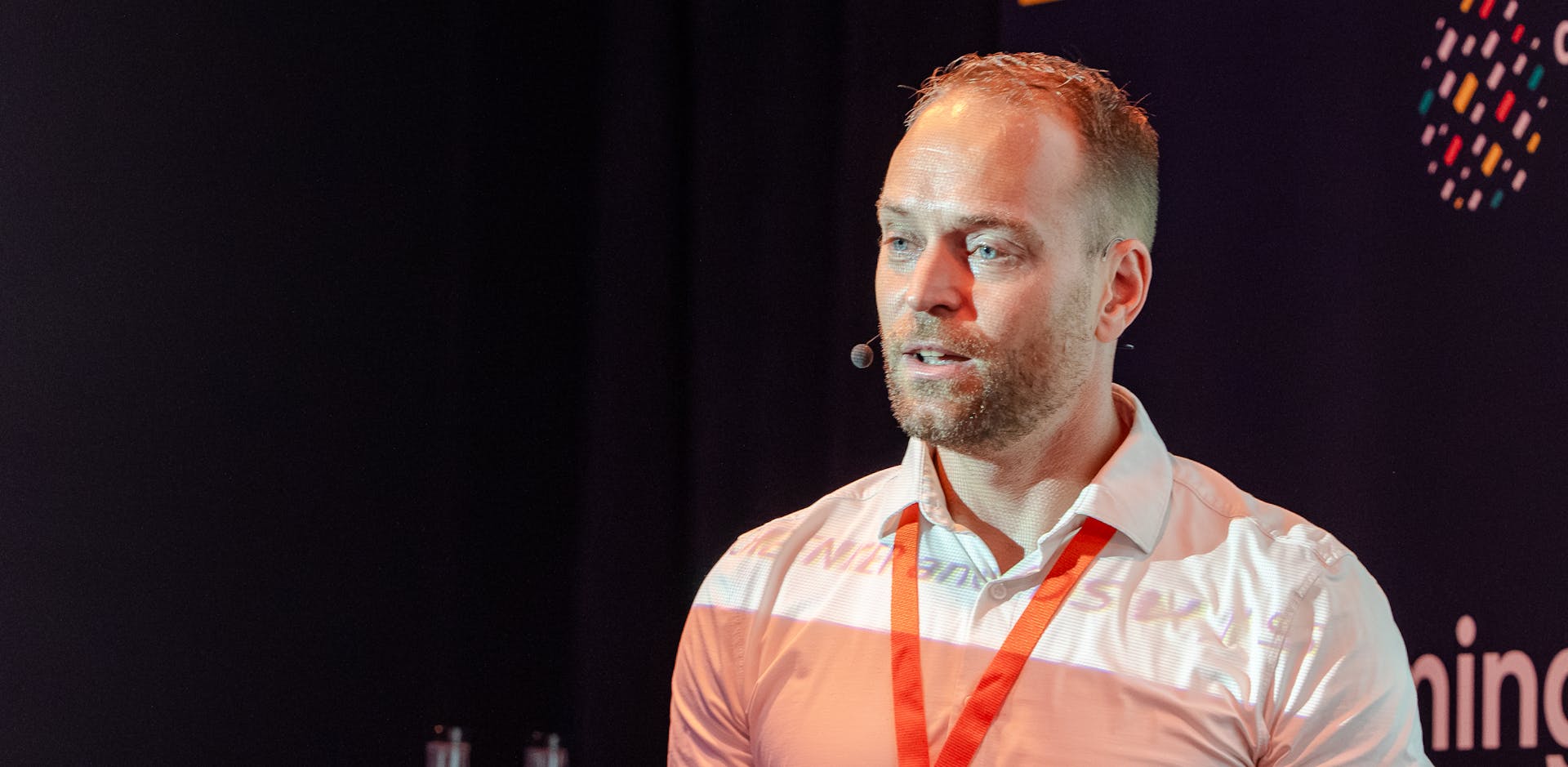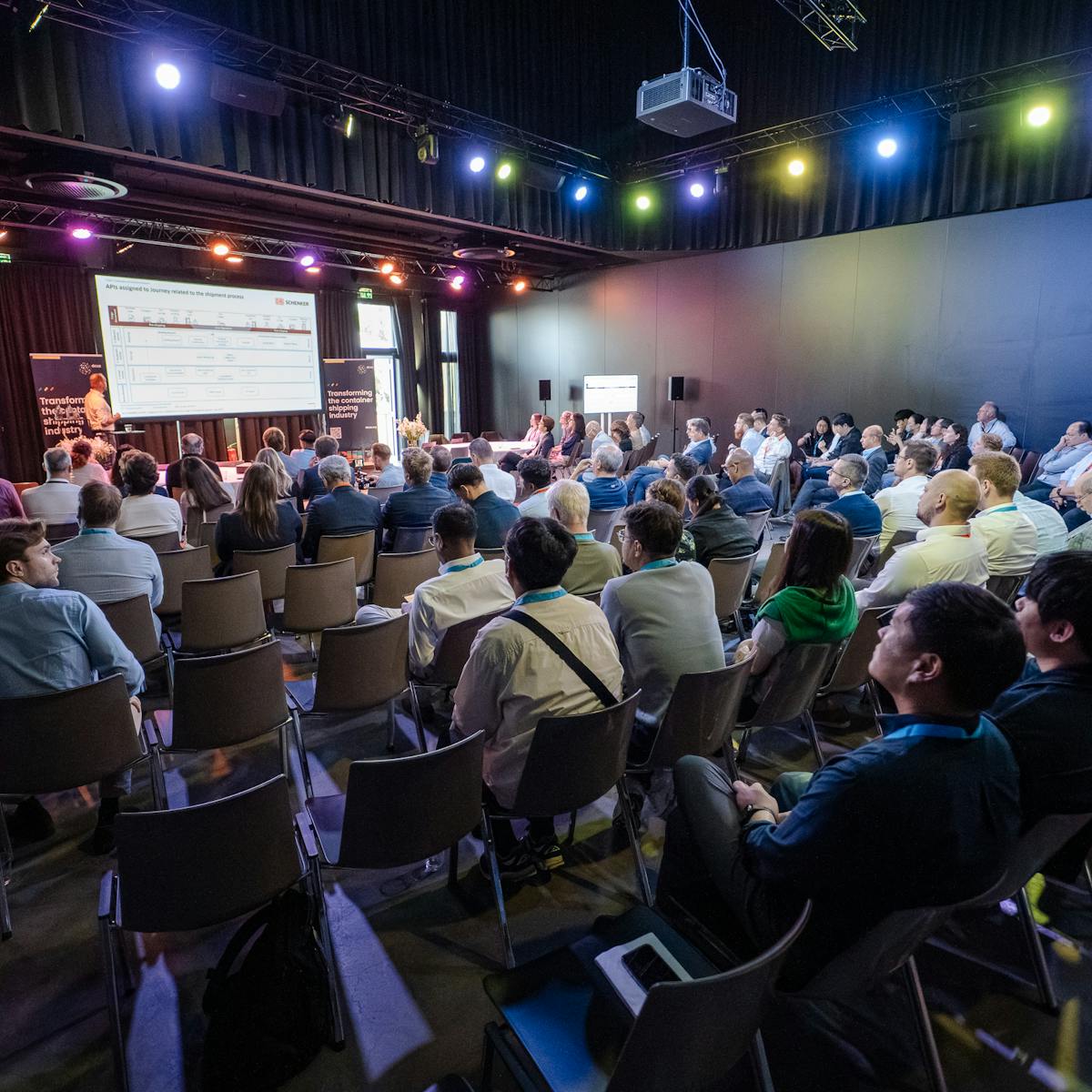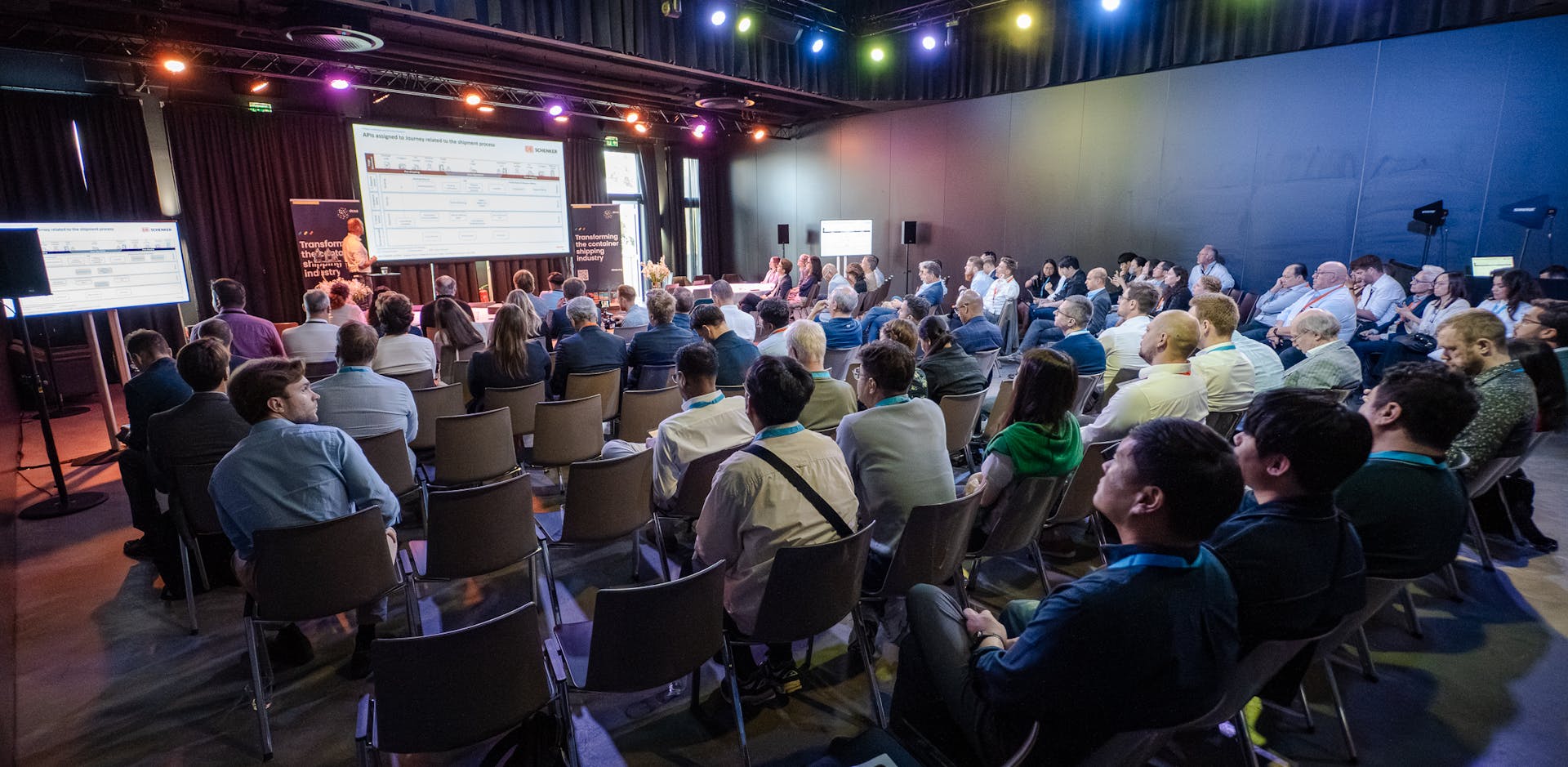Freight forwarders are uniquely positioned to drive digital transformation in container shipping. As key orchestrators of logistics and daily partners to shippers, they operate at the core of the value chain. This central role gives them both the influence and insight to both shape and benefit from industry-wide standardisation. So when DB Schenker, the world’s largest freight forwarder following its acquisition by DSV, began actively using the DCSA Industry Blueprint 2023.4 to structure and streamline its global operations, it provided clear proof that shared standards can work at scale in the real world. However, implementation efforts must be taken collectively. Standards must be adopted, tested, and refined continuously by those who run daily operations. Otherwise, shipping’s ability to realise the benefits of digitalisation will founder.
How DB Schenker is benefitting from standards adoption
The DCSA Industry Blueprint 2023.4 offers a comprehensive, carrier-neutral reference model that defines the container shipping journey from start to finish. It details the key actors, critical milestones, and data exchanges involved in ocean transport, providing a shared operational language for all ecosystem participants. Freely available to the entire industry, it is designed to support adoption not just by carriers and forwarders but also ports, technology providers, cargo owners and other logistics actors.By adopting the Blueprint, DB Schenker has been able to enable their move from legacy, fragmented processes to more consistent, streamlined operations enhancing consistency across digital interfaces (APIs), improving shipment visibility, and simplifying internal workflows. At DCSA Week 2025, Stephan Printz, Head of Partner Integration at DB Schenker, explained how this transition has ensured that processes such as event tracking, documentation alignment, and milestone management are now standardised and interoperable, supporting efficient collaboration across the supply chain.Tackling real world problems
Having seen the positive impact of the adoption of the Blueprint, Printz issued a challenge to the wider industry to step up implementation efforts. Adoption of standards by stakeholder groups, including the shippers that have been instrumental in developing them in the first place, remains inconsistent. Without alignment, shipping will remain exposed to hurdles which will continue to cause friction and inefficiency.These challenges include gaps in dangerous goods booking, breakdowns in inland transport handoffs, and inconsistent tracking of shipment events. These are urgent, daily operational pain points that slow trade, undermine reliability, and drive up costs. Addressing these challenges requires immediate, collective action.Shipping faces wider pressures that make the need for unified frameworks even more clear: port congestion driven by ongoing disruptions, rising labour and fleet costs, fragmented responses to new regulations like ICS2, growing customer demands for real-time shipment visibility, and legacy IT infrastructure still reliant on outdated technologies.While freight forwarders have a key role to play in driving adoption, they cannot achieve digital transformation alone. Without ecosystem-wide alignment, these pressures will continue to impede progress and prevent the industry from achieving the full value of digitalisation. Progress depends on the participation of all players working together to ensure standards are not only created but implemented and refined in practice.Driving collaboration through DCSA+
At DCSA, we recognise how these challenges can force businesses to prioritise immediate operational problems over longer-term digitalisation efforts. That’s why we created the DCSA+ Partnership Programme: to give shipping stakeholders a formal structure to actively contribute to the development, testing, and refinement of standards.The programme brings together a broad group of participants, including technology providers, cargo owners, forwarders, feeders, and terminals, to share best practices, leverage collective expertise, and adopt innovations quickly. It provides a framework for true ecosystem-wide alignment, ensuring that DCSA standards are designed for and implemented by all parts of the supply chain, not just ocean carriers.DB Schenker’s role as a DCSA+ partner exemplifies this collaborative approach. Alongside its adoption of the Industry Blueprint, at DCSA Week Printz demonstrated how his company is helping expand adoption more broadly, working with DCSA members and other partners to enable consistent, efficient, and interoperable processes across the ecosystem.Next steps for partners
Organisations that wish to take an active role in this transformation are encouraged to join DCSA+. By participating, forwarders and other stakeholders can help shape practical digital standards, contribute operational insight, and ensure that emerging frameworks reflect real-world needs.
Next steps for partners
Organisations that wish to take an active role in this transformation are encouraged to join DCSA+. By participating, forwarders and other stakeholders can help shape practical digital standards, contribute operational insight, and ensure that emerging frameworks reflect real-world needs.







